Retro Replay Review
Gameplay
The core of Rainbow Fish and the Amazing Lagoon centers on a simple point-and-click interface that makes it accessible even to very young children. Players guide Rainbow Fish through a series of mini-game activities by clicking on hotspots, interacting with characters, and collecting puzzle pieces. Two difficulty settings allow parents or caregivers to tailor the challenge level, ensuring that both emerging learners and slightly more experienced players remain engaged without frustration.
Each mini-game within the lagoon presents a distinct task that reinforces foundational skills. For example, repairing Ruby’s nursery wall requires children to assemble jigsaw puzzle pieces, boosting spatial reasoning. Helping the crabs plug a cave hole by clicking bubbles refines hand-eye coordination, while following Lucy’s directional directions (up, down, left, right) supports an early grasp of navigation concepts. Additional activities—such as finding hidden yes/no fish to answer simple questions, matching fish by stated preferences, or freeing Mrs. Sorcerer Fish while dodging lagoon bullies—provide variety and build memory, pattern recognition, and decision-making skills.
The game structure is non-linear, allowing players to tackle tasks in any order they choose. This open-ended design fosters exploration and decision-making, as children can select whichever mini-game appeals to them next. Hints are subtly integrated—colored highlights or friendly guidance from Rainbow Fish help little ones stay on track without feeling lost. Because every activity resets once completed, the game encourages replayability and lets kids practice at their own pace.
Graphics
Visually, Rainbow Fish and the Amazing Lagoon stays true to Marcus Pfister’s iconic watercolor style, translating his hand-drawn illustrations into vibrant, on-screen artwork. The lagoon environment is awash in bright blues, pinks, and purples that reflect light through rippling water, while fish scales shimmer with soft gradients. Background elements—seaweed swaying gently, pebbles glinting on the ocean floor—establish an enchanting underwater world that draws kids into the storybook setting.
Animation is smooth and purposeful, with each character exhibiting personality through subtle movements and facial expressions. When Rainbow Fish swims across the screen, children can see the fins waving and bubbles trailing behind, creating a sense of life and whimsy. Transitions between tasks are marked by playful splash effects and gentle sound cues, ensuring the visuals remain dynamic without overwhelming young eyes.
The user interface is designed for clarity: large, color-coded buttons and simple icons guide interaction, and text appears in a friendly, easy-to-read font. Visual feedback—such as stars popping or items glowing when correctly placed—reinforces accomplishment. Overall, the graphics strike a careful balance between artistic charm and functional simplicity, making every scene both delightful and digestible for the target 3–7 age group.
Story
The narrative driving Rainbow Fish and the Amazing Lagoon is both straightforward and emotionally resonant. When Molo falls ill—covered in mysterious spots and drifting into constant sleep—Rainbow Fish embarks on a heartfelt journey to gather a magical potion. This premise taps into themes of friendship, empathy, and problem-solving that are ideal for early childhood development, giving players a meaningful reason to engage with each task.
Along the way, Rainbow Fish interacts with familiar faces from Marcus Pfister’s universe: Ruby, Lucy, the helpful crabs, and even the sometimes-mischievous lagoon bullies. Each character has a small problem or request, and solving their mini-quests not only advances the story but also reinforces cooperative behavior. Simple dialogue bubbles and clear prompts keep the tone gentle and encouraging, so that young gamers feel supported as they help their aquatic friends.
Story progression is measured in bite-sized goals, making it easy for children to experience a sense of achievement after each completed activity. As Rainbow Fish collects ingredients for the healing potion—each tied to a different lagoon inhabitant—the game builds anticipation and reinforces cause-and-effect understanding. By the time the final brew is assembled and Molo springs back to life, players have followed a satisfying arc that celebrates community, caring, and perseverance.
Overall Experience
Rainbow Fish and the Amazing Lagoon offers a wholesome, educational adventure tailored for preschoolers and early learners. Its blend of engaging mini-games and a heartfelt narrative provides a perfect balance of entertainment and developmental enrichment. Parents seeking an introduction to point-and-click gameplay will appreciate the clear instructions, adaptive difficulty, and gentle guidance woven throughout the experience.
Sound design complements the visuals with light, bubbly music and friendly voice-overs that reinforce instructions and celebrate successes. Ambient lagoon noises—soft water lapping, distant whale calls—immerse players in the underwater setting without causing sensory overload. Every correct action is met with a cheerful chime or visual flourish, keeping motivation high and anxiety low.
Replay value comes from the ability to revisit mini-games in any order, practice skills, and discover small details hidden in the lagoon’s nooks and crannies. Although tailored for ages 3–7, the game’s charm may also appeal to parents reading along and guiding their children. Ultimately, Rainbow Fish and the Amazing Lagoon shines as a gentle, interactive tale that nurtures curiosity, problem-solving, and kindness—making it a delightful addition to any young gamer’s collection.
 Retro Replay Retro Replay gaming reviews, news, emulation, geek stuff and more!
Retro Replay Retro Replay gaming reviews, news, emulation, geek stuff and more!
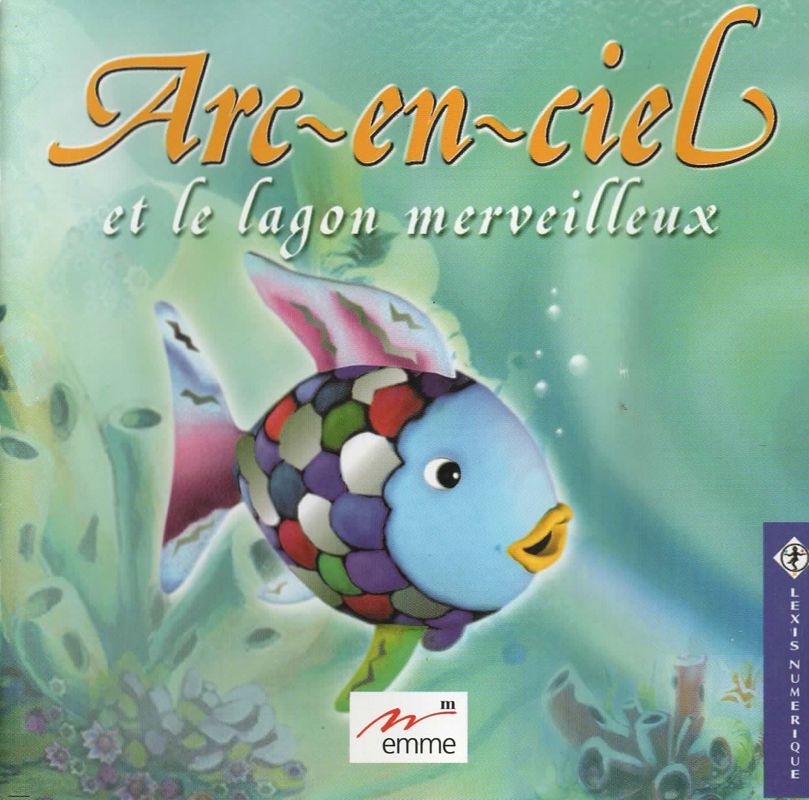
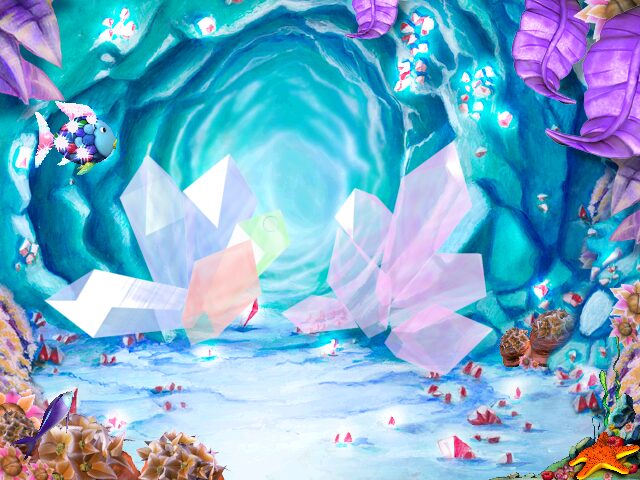
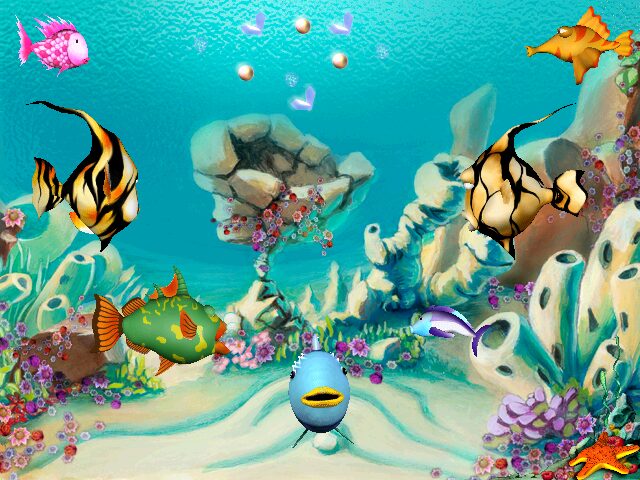
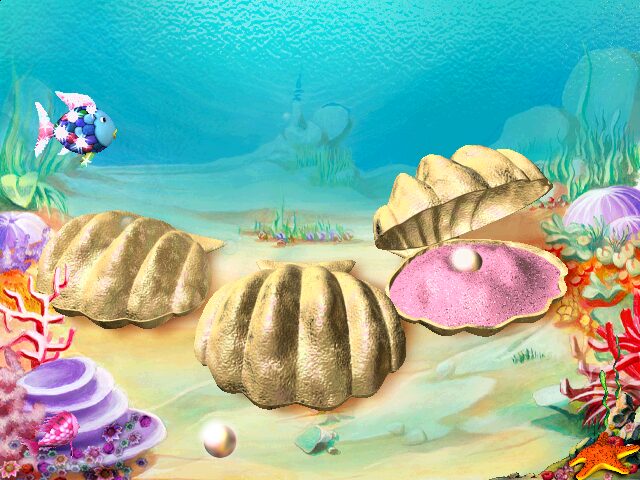
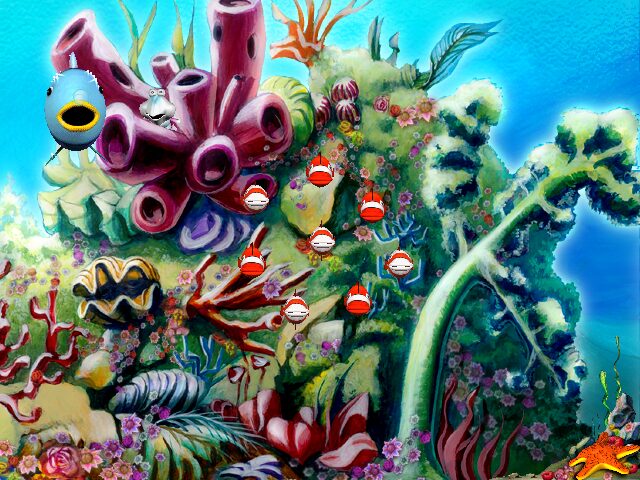
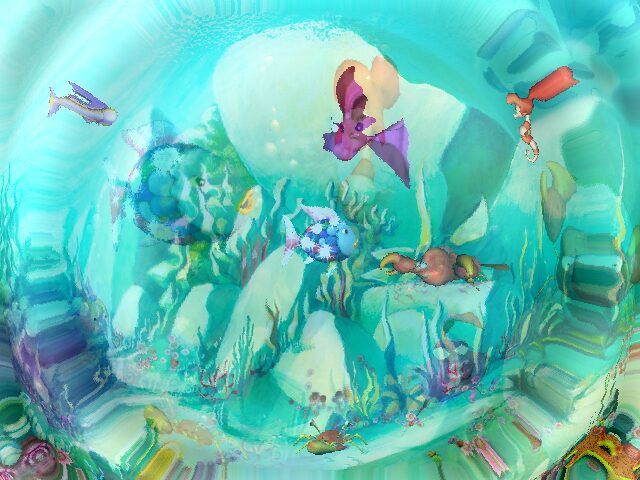



Reviews
There are no reviews yet.